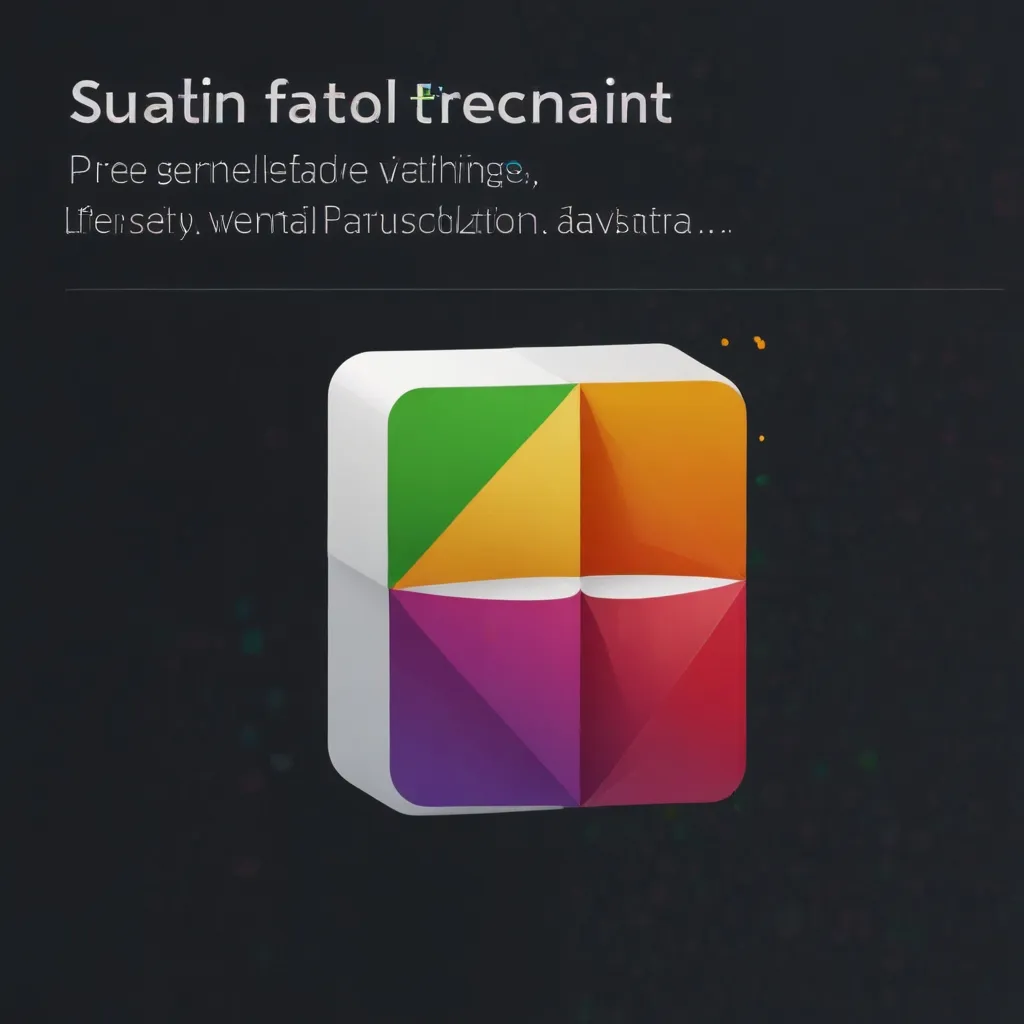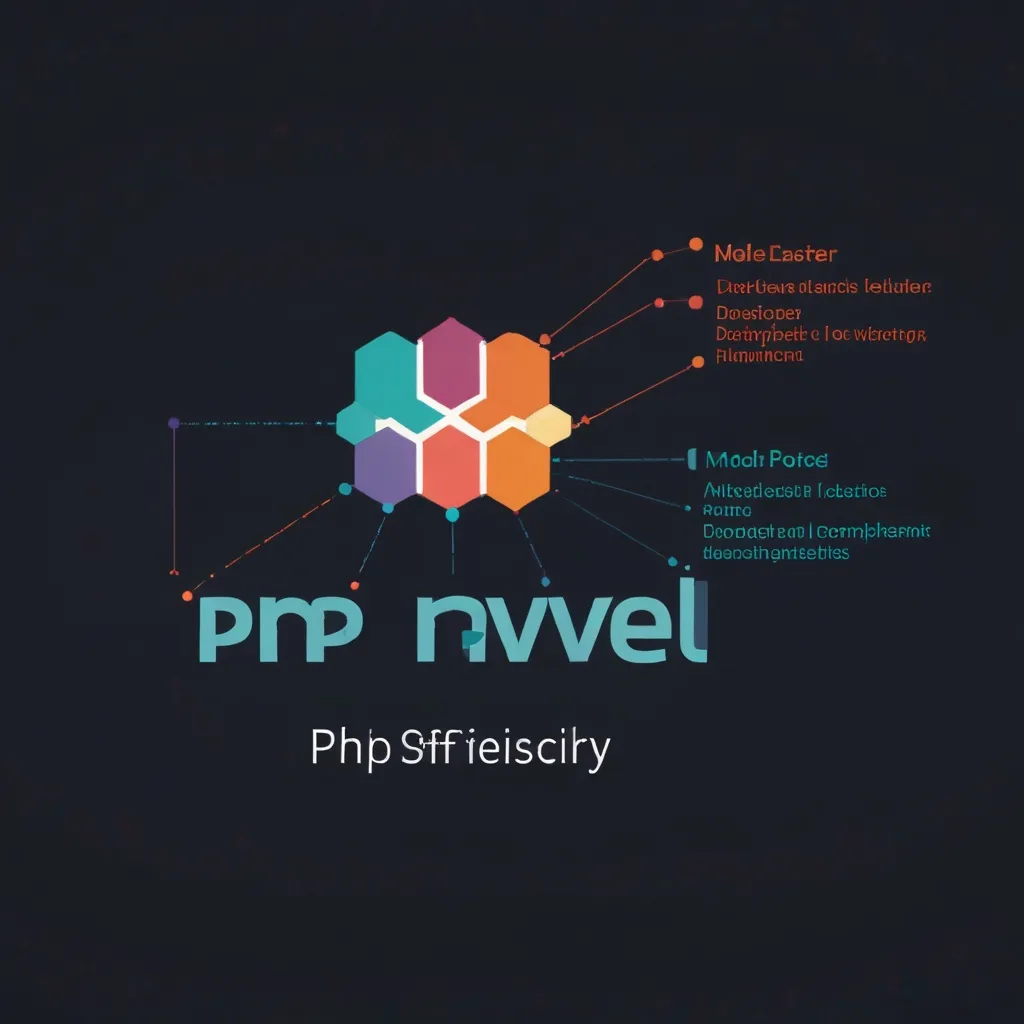These days, web development is on a whole new level. The rise of mobile and IoT devices means back-end services are dealing with massive amounts of traffic, and they need to stay lightning-fast and reliable. That’s where Vert.x, an event-driven application framework, saves the day.
Imagine you’re building a huge, complex system (maybe the new hot app everyone’s going to use). You need something that’s not just powerful but also flexible enough to handle the toughest demands. Enter Vert.x, which has been turning heads since Tim Fox introduced it back in 2011 during his stint at VMware.
So, what’s the deal with Vert.x? First off, it’s built to run on the Java Virtual Machine (JVM). This might sound a bit technical, but it basically means it’s really good at handling lots of tasks at once without breaking a sweat. High performance and scalability? Check and check.
One cool thing about Vert.x is its polyglot nature. This just means you can use different programming languages all within the same application. Imagine mixing and matching Java, JavaScript, Ruby, Scala, Kotlin, and more – pretty handy, right? Each language brings its own set of strengths to the table, so you can pick the best one for each job.
But it gets even better with its event-driven architecture. This approach means Vert.x can juggle a million things without dropping any balls, much like famous frameworks like Node.js (for JavaScript) and Twisted (for Python). Your app stays responsive and blazing fast, even when things get wild.
Another key feature here is asynchronous programming. Unlike traditional models that can slow things down when handling multiple tasks, asynchronous programming keeps things moving smoothly, dodging those bottlenecks that could leave your app lagging. Vert.x provides tools like callbacks, promises, futures, and even Kotlin coroutines to make your code efficient and easier to manage.
Now, let’s dive into the fun part – getting started with Vert.x. The building blocks here are called verticles. These are essentially self-contained units of code that can operate independently and talk to each other through an event bus. Think of them as Lego pieces you can snap together to create something awesome.
Here’s a simple example in Java:
import io.vertx.core.AbstractVerticle;
public class Server extends AbstractVerticle {
@Override
public void start() {
vertx.createHttpServer().requestHandler(req -> {
req.response().putHeader("content-type", "text/plain").end("Hello from Vert.x!");
}).listen(8080);
}
}
This bit of code sets up an HTTP server that listens on port 8080 and replies with “Hello from Vert.x!“. Simple yet powerful.
And there’s more! You can mix languages seamlessly. Say you have different parts of your application written in Java, Kotlin, JavaScript, and Ruby:
import io.vertx.core.AbstractVerticle;
public class JavaVerticle extends AbstractVerticle {
@Override
public void start() {
System.out.println("Java Verticle started");
vertx.eventBus().send("language", "Java");
}
}
import io.vertx.core.AbstractVerticle
class KotlinVerticle : AbstractVerticle() {
override fun start() {
println("Kotlin Verticle started")
vertx.eventBus().send("language", "Kotlin")
}
}
const { Vertx } = require('vertx');
class JavaScriptVerticle extends Vertx {
start() {
console.log('JavaScript Verticle started');
this.vertx.eventBus().send('language', 'JavaScript');
}
}
module.exports = JavaScriptVerticle;
require 'vertx'
class RubyVerticle < Vertx::Verticle
def start
puts 'Ruby Verticle started'
@vertx.event_bus.send('language', 'Ruby')
end
end
You can then use a main verticle to deploy all these and gather messages from each:
import io.vertx.core.AbstractVerticle;
import io.vertx.core.eventbus.EventBus;
public class MainVerticle extends AbstractVerticle {
@Override
public void start() {
vertx.deployVerticle("JavaVerticle");
vertx.deployVerticle("KotlinVerticle");
vertx.deployVerticle("JavaScriptVerticle");
vertx.deployVerticle("RubyVerticle");
EventBus eventBus = vertx.eventBus();
eventBus.consumer("language", message -> {
System.out.println(message.body());
});
}
}
When you run this main verticle, it’ll deploy the others and display messages from each one. Pretty neat, right?
Now, let’s talk about why Vert.x is such a beast when it comes to performance and scalability. It’s designed to handle tons of concurrent tasks with minimal hardware. This efficiency serves it well in performance benchmarks and real-world use cases, making it a top contender for building top-tier applications.
The Vert.x ecosystem is rich with plugins and extensions for common development tasks. For instance, Vert.x Web offers a robust web framework complete with routing, templating, and error handling. Plus, it has asynchronous clients for popular databases and messaging systems, making integration smooth and efficient.
One thing to keep in mind, though, is the learning curve. If you’re new to asynchronous programming, it might take a bit to wrap your head around it. But don’t worry – the Vert.x community is supportive, and there are plenty of resources to help you get up to speed.
In summary, Vert.x is an incredibly powerful tool for building high-performance, scalable applications on the JVM. Its polyglot nature, event-driven architecture, and focus on asynchronous programming make it a standout choice for handling high concurrency and delivering low latency. Whether you’re building the next big web app or a cutting-edge IoT service, Vert.x gives you the flexibility and performance to make sure you succeed. With a growing community and a rich ecosystem, Vert.x is set to remain a top player in the world of reactive and non-blocking application development for a long time.






